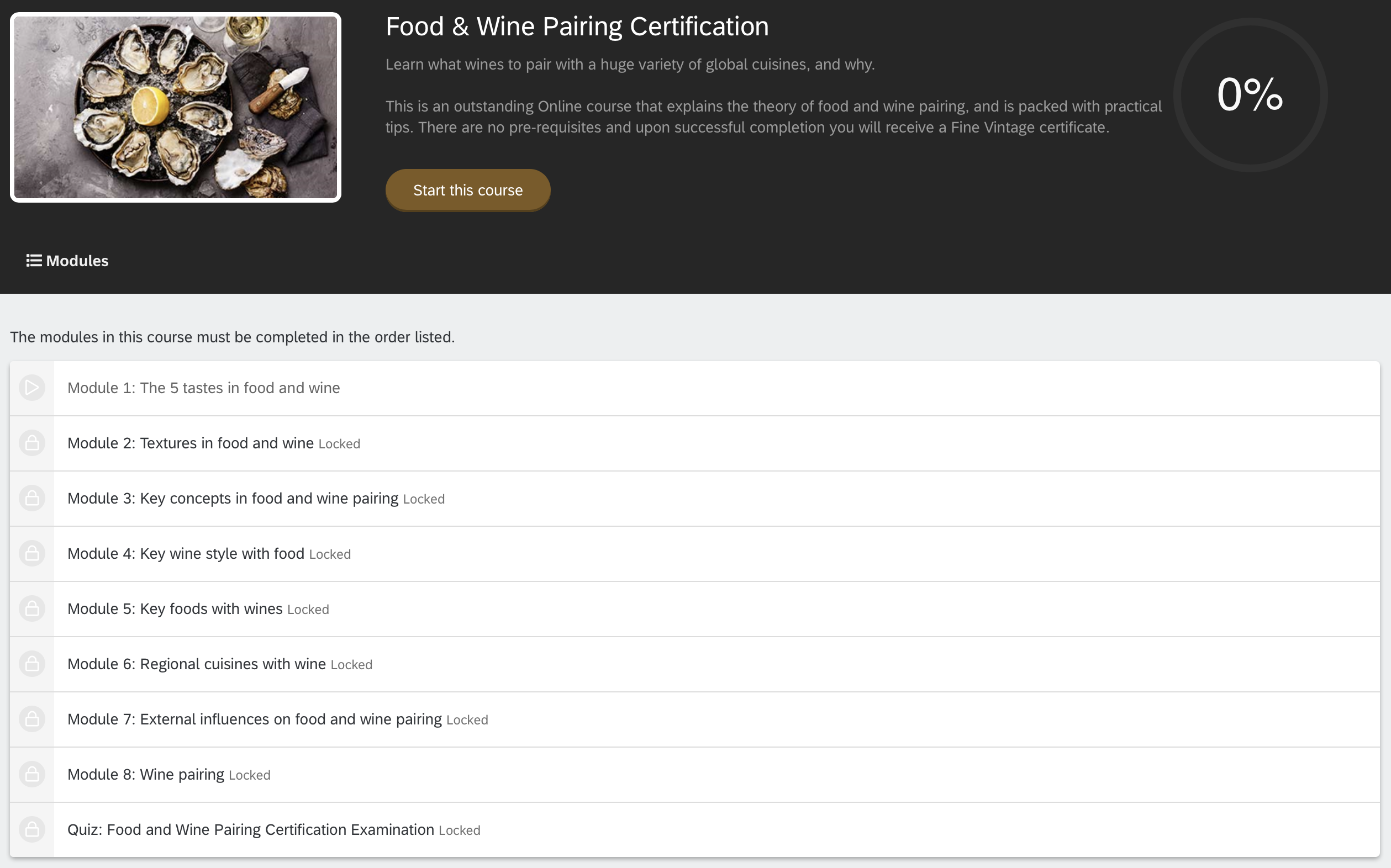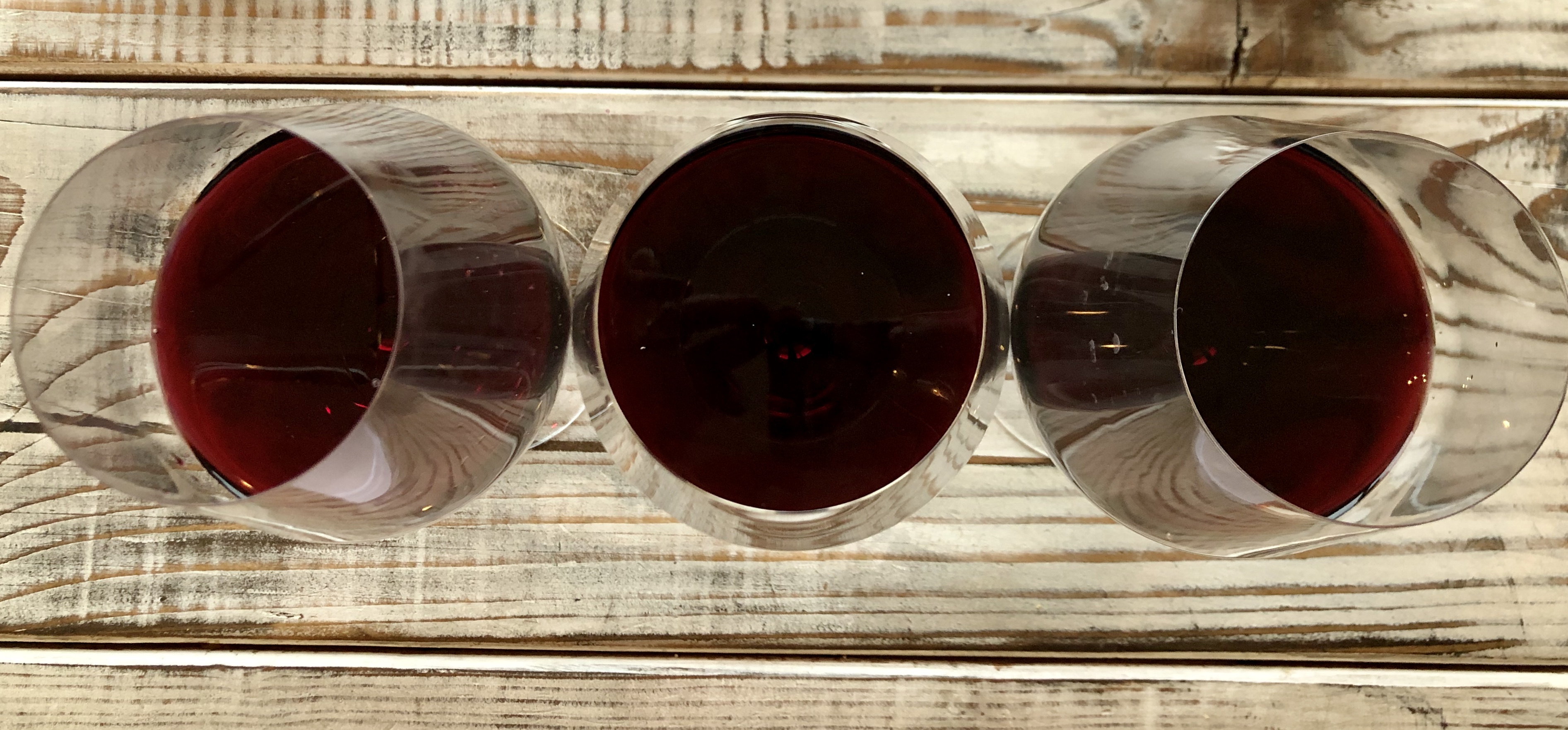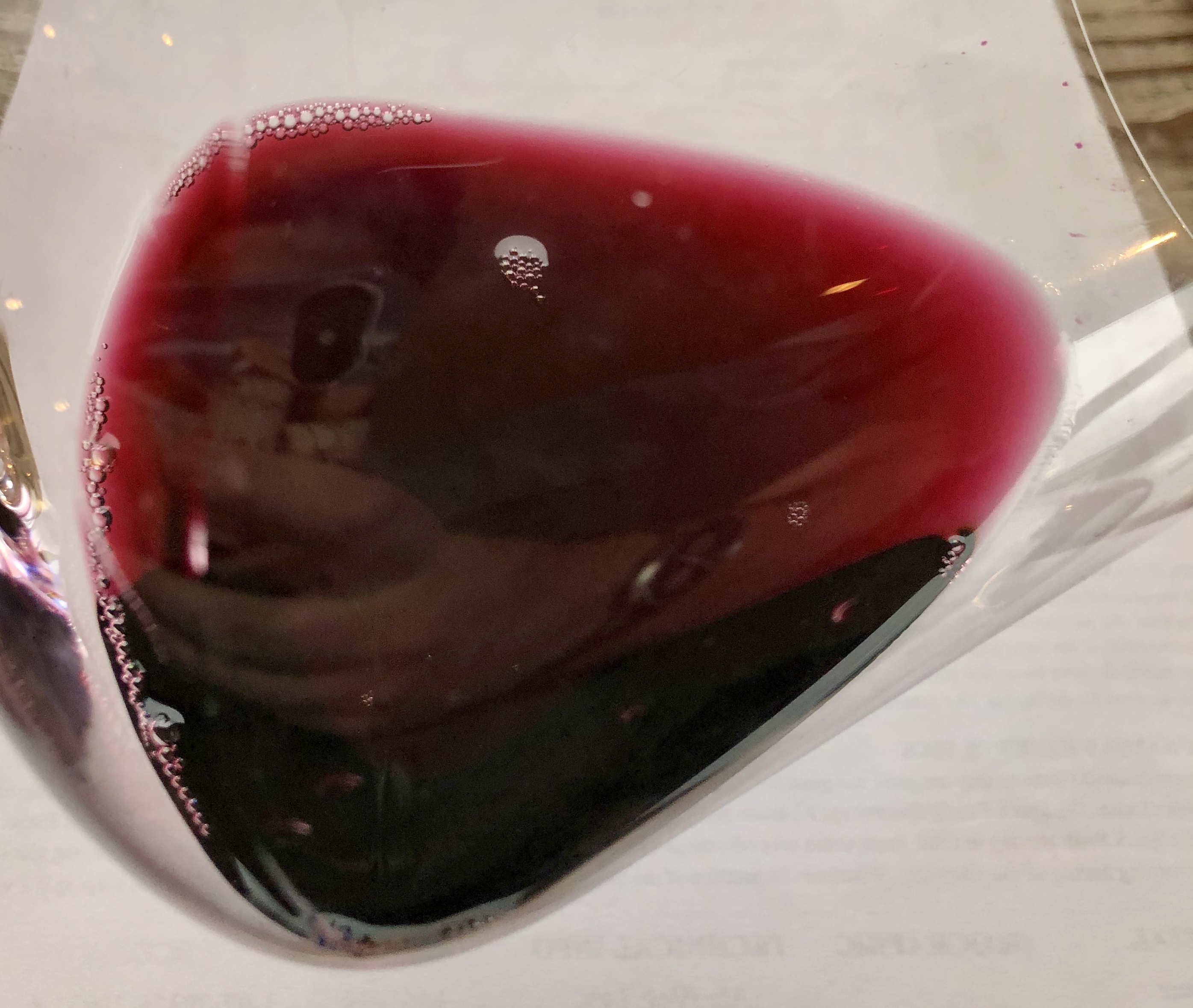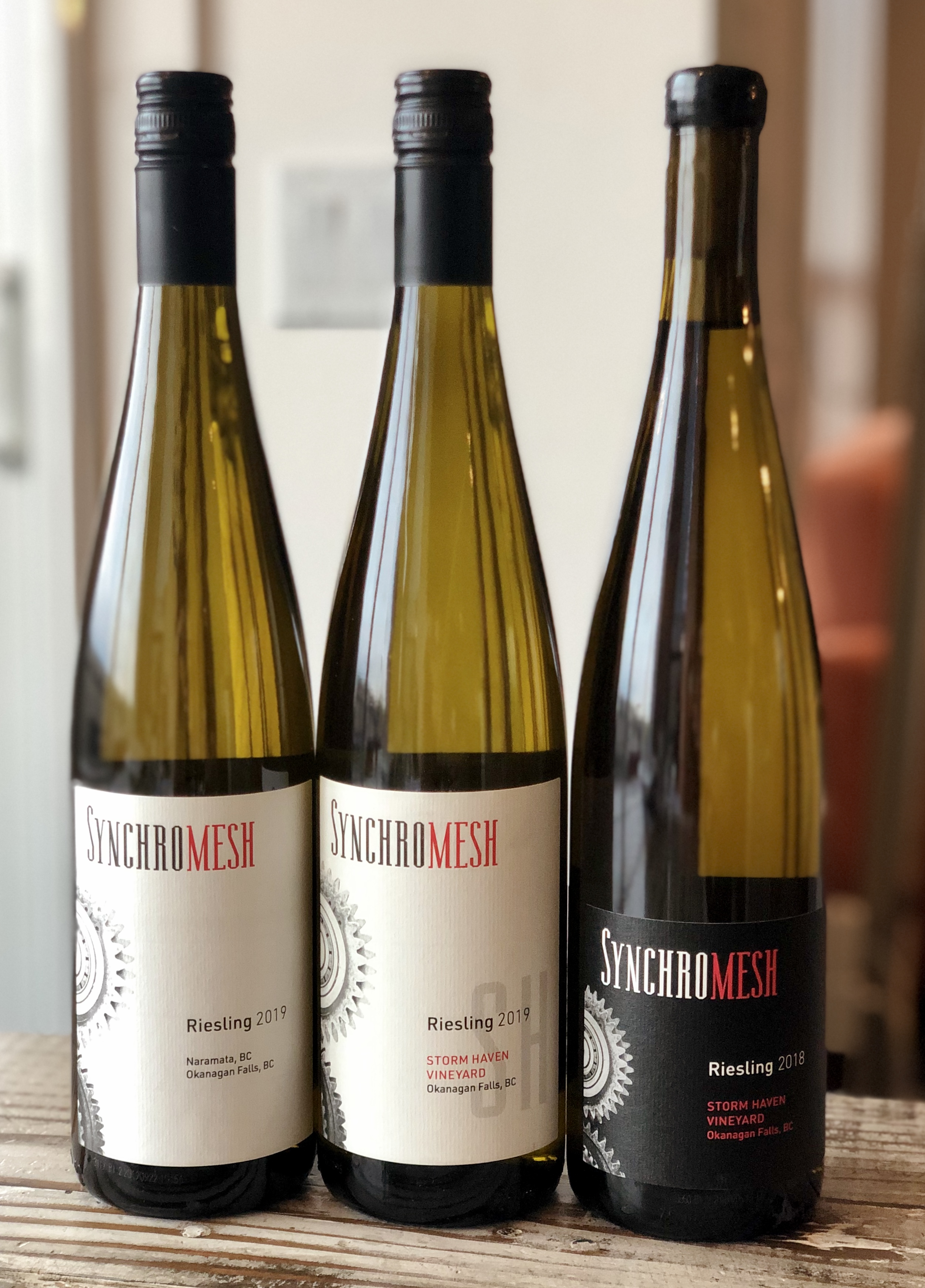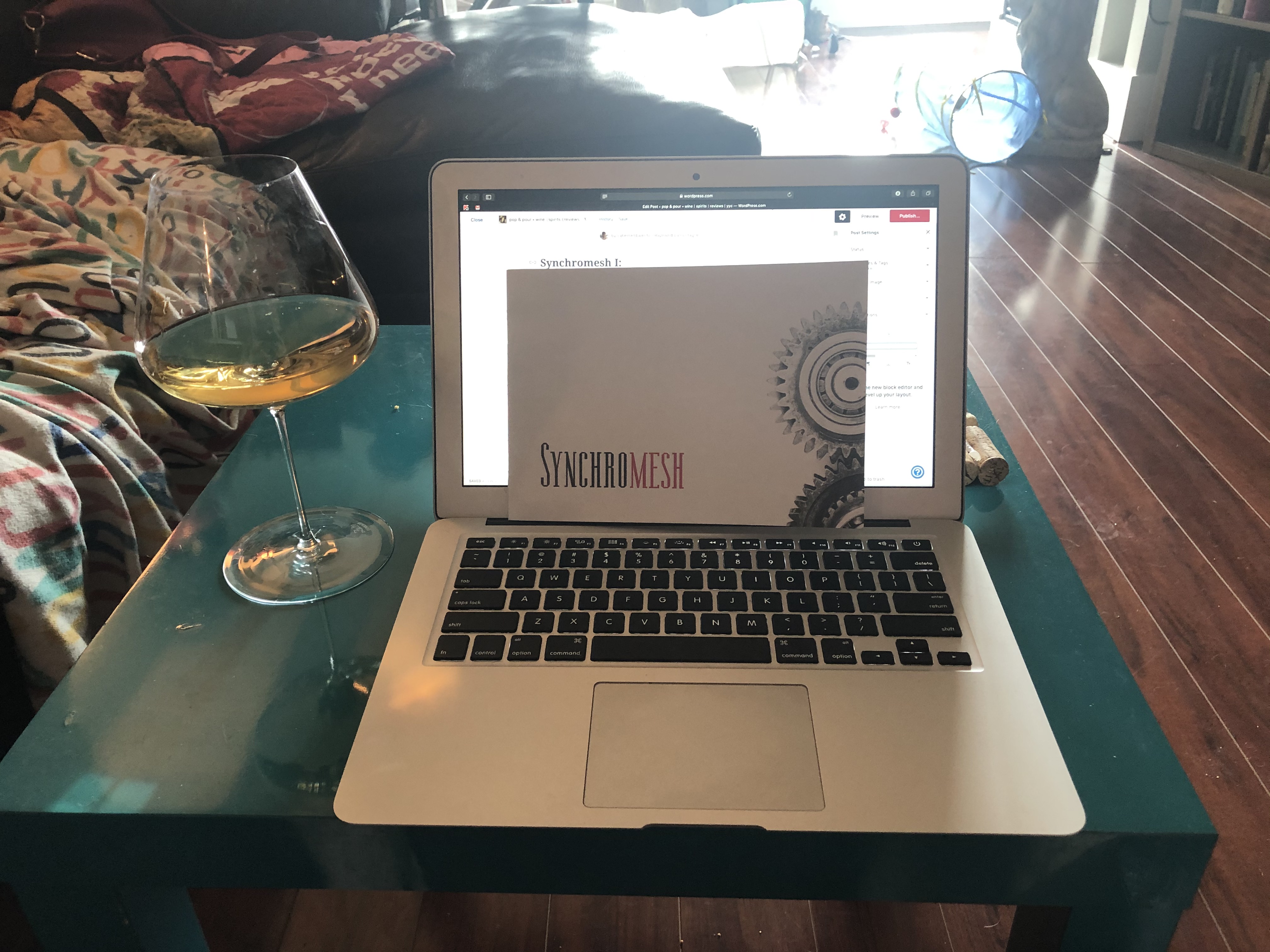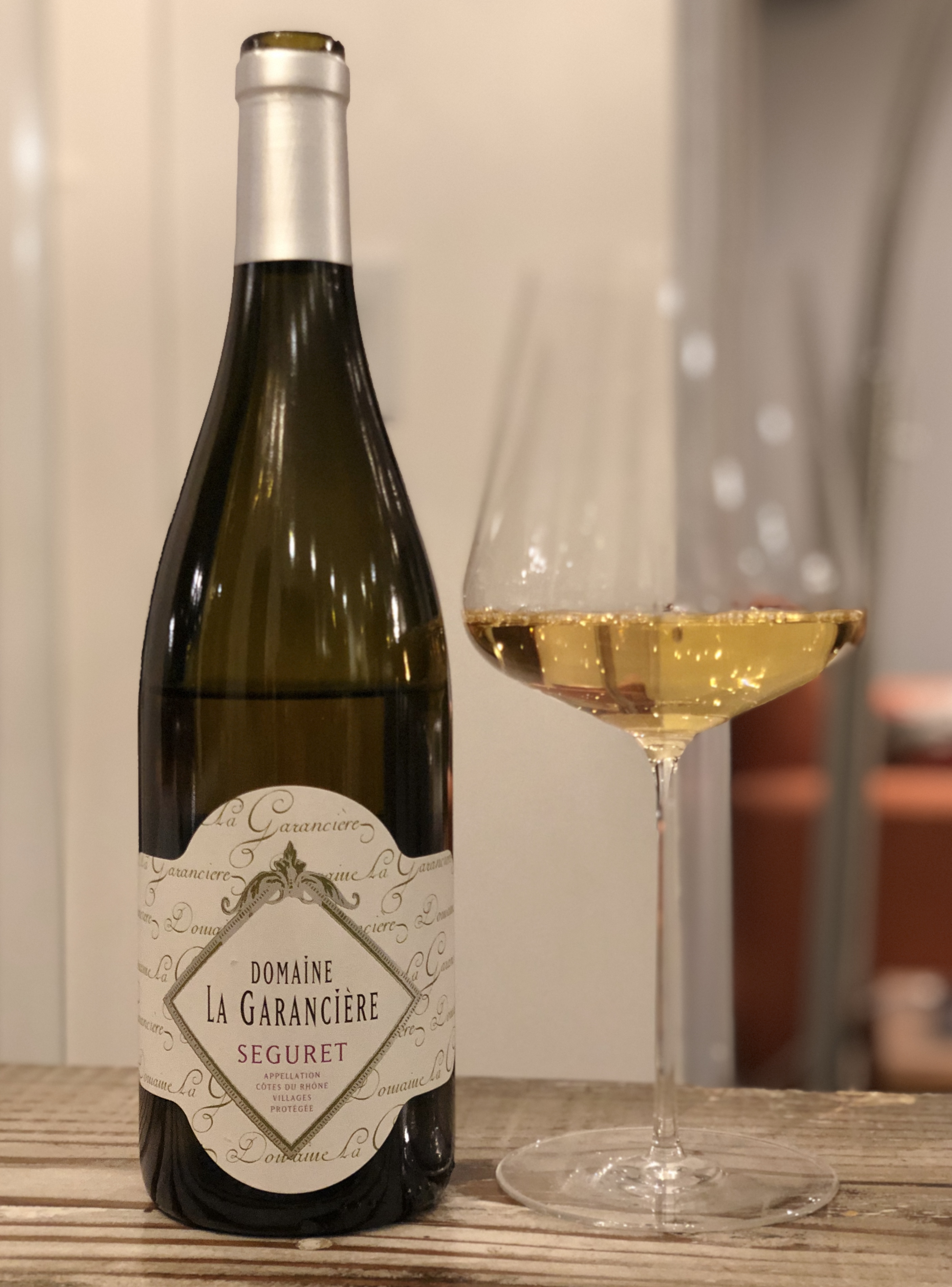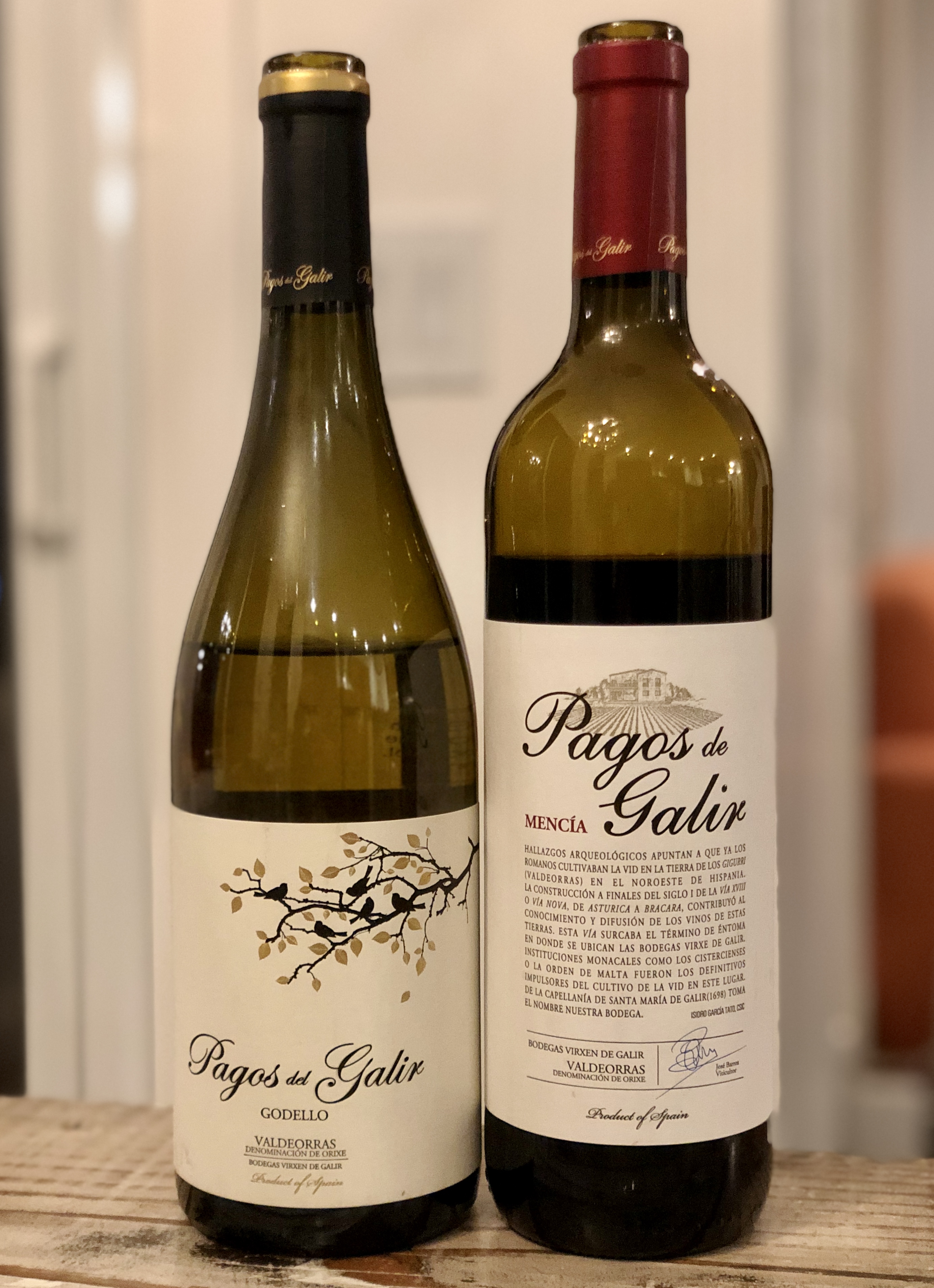By Raymond Lamontagne & Peter Vetsch
It has been a while since we’ve covered a tasting on this blog, thanks to a spate of Advent wines, Cellar Direct releases, and a number of other supplied bottles posted over the holidays and up through January. No rest for the wicked. This tasting is a particularly special way for us to get back into Calgary Wine Life. As evidenced by our unwavering coverage of the last three Bricks Wine Company Advent Calendars, we are staunch supporters of this local boutique shop, and although our attention tends to be drawn mostly to the wine shelves, Bricks also has a more-than-serviceable craft beer section. This is where the present tasting ties in (and no, it is not a beer tasting. Ray’s original blogging foray, “Dr. Beer”, shall remain deservedly consigned to the dust bin of history). Mike Maxwell, Bricks’ resident cicerone extraordinaire, is alas leaving the shop and moving on to the ambitious undertaking of running his own distribution agency, Nectar Imports, with a primary focus on beer but a robust toehold in wine as well. Mike is an exceptional human being, and we are excited to participate in his Bricks send-off by covering one of his agency’s first winery clients, Rosewood Estates.

Mike Maxwell, Nectar Imports.
The Rosewood story is a classic new Canadian origin tale. R.W. Roman was a passionate beekeeper and mead-maker from the Ukraine when he arrived in Ontario decades ago, where he continued to bee-keep in his adopted homeland alongside his son Eugene. Eugene wound up promising his wife Renata that one day they would start a winery together, after they both fell in love with Ontario’s beautiful Niagara-on-the-Lake region. The dream came true in 2003, when Eugene purchased the Renaceau Vineyard located in the Beamsville Bench VQA. This site features deep clay soils with some additional dolomite and limestone mixed in, the latter helping to provide some laser-beam focus to complement the sweet fruit aromas that clay typically yields. Breezes coming off of Lake Ontario provide a cooling influence to preserve fresh acidity in the grapes. Bordeaux varieties appreciate the long ripening season at Renaceau. In 2008 a second vineyard was added, the Blackjack or 21st St. Vineyard (sounds like a Springsteen song), a cooler site with better drainage in the 20 Mile Bench VQA . This one is ideally suited to Riesling, Chardonnay, and Pinot Noir.

As the Rosewood team continues to be passionate about beekeeping, there is a strict emphasis on minimizing use of chemicals in the vineyards. Natural enemies of insect pests are encouraged to prosper, while the vines are managed by hand to foster the light exposure and airflow that discourage destructive fungi. There is an overarching emphasis on yield control, so that all batches of grapes are flavoursome and concentrated despite the winery’s overall cool-climate emphasis. Although not afraid of technology, the endgame for each Rosewood wine vision is “earth to bottle”, with minimal intervention. Natural wine? Sure, if these wines must be categorized.
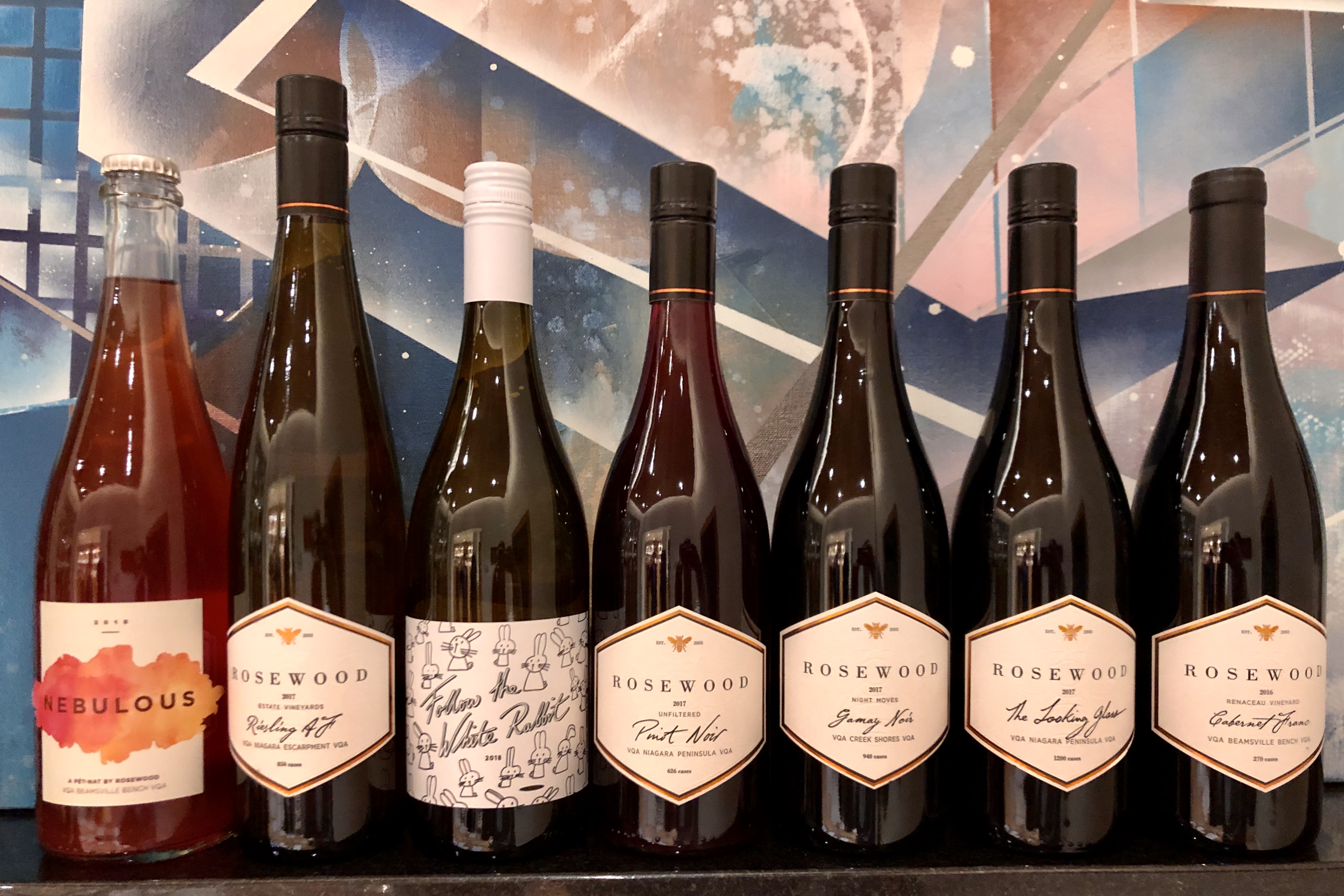
We are greeted at the door with a glass of 2018 Rosewood Estates Nebulous Pet Nat (~$35), along with a well-intentioned warning that we might find this one a touch “weird”. It turns out that this 80% Gamay, 20% Pinot Noir ancestral-method sparking wine, which is bright and clear before the crown cap is removed and the built-in carbonation roils up the lees and clouds the mélange, is more accessible to our palates than expected, with punchy blood orange, strawberry liquorice, pink grapefruit and apricot notes leading the way, followed by (admittedly odder) green banana and smoky Hickory Sticks. Yeah, OK, somewhat weird. But pleasantly weird, and even intriguing in a relaxed, bucolic way. Let’s take a seat. Read the rest of this entry »
Like What You Read? Please Share and Spread the Word - It Helps!



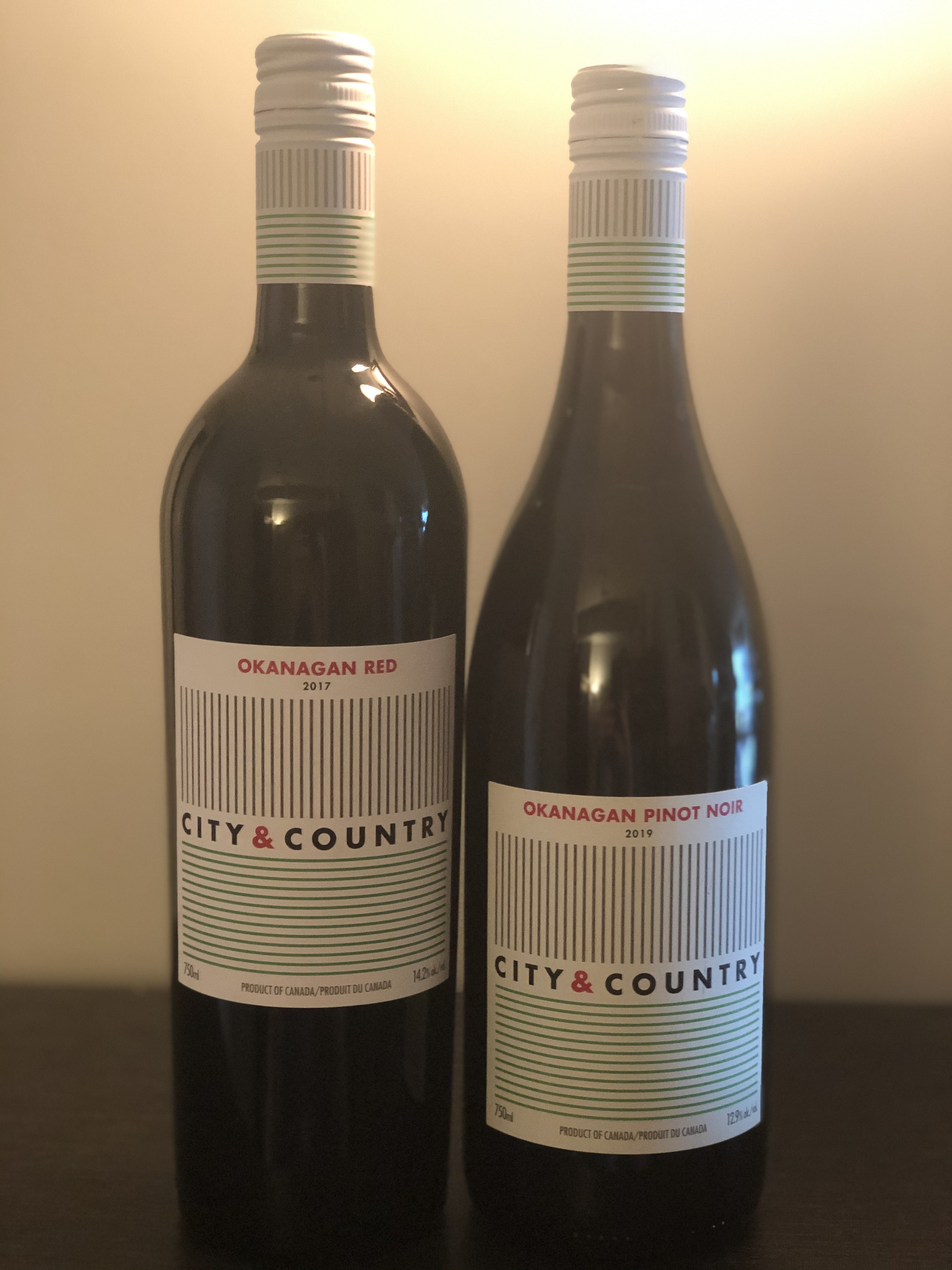 City & Country can be found east of Macleod Trail and just south of Erlton, although the brand itself predates the bricks-and-mortar winery that started operations this year. Chris Fodor and his wife Karen first made their own wine in 2017 with some help from Pentage Winery in the Okanagan, where their winemaking endeavours were originally housed, but the Fodors’ aspirations were ultimately bigger than just one wine region, or even one country. They reasoned that a winery based in a large city could source grapes or even pressed must from anywhere, so long as everything is temperature-controlled. I’ll mention here that such a model is used by some of my favourite boutique wineries in California and elsewhere in the US, although in these cases the winemakers draw upon a limited number of local options (often very specific, unique sites) for grape sourcing. The Fodors seem to scoff at the notion of such constraints, although understandably the focus of the winery’s initial releases seems to be on grapes from next door in the Okanagan.
City & Country can be found east of Macleod Trail and just south of Erlton, although the brand itself predates the bricks-and-mortar winery that started operations this year. Chris Fodor and his wife Karen first made their own wine in 2017 with some help from Pentage Winery in the Okanagan, where their winemaking endeavours were originally housed, but the Fodors’ aspirations were ultimately bigger than just one wine region, or even one country. They reasoned that a winery based in a large city could source grapes or even pressed must from anywhere, so long as everything is temperature-controlled. I’ll mention here that such a model is used by some of my favourite boutique wineries in California and elsewhere in the US, although in these cases the winemakers draw upon a limited number of local options (often very specific, unique sites) for grape sourcing. The Fodors seem to scoff at the notion of such constraints, although understandably the focus of the winery’s initial releases seems to be on grapes from next door in the Okanagan. The Fodors officially opened the City & Country winery on February 1st, 2020. Of course, COVID-19 struck after a mere month and a half of operations, but City & Country pushed forward with characteristic Alberta resilience,
The Fodors officially opened the City & Country winery on February 1st, 2020. Of course, COVID-19 struck after a mere month and a half of operations, but City & Country pushed forward with characteristic Alberta resilience, 
